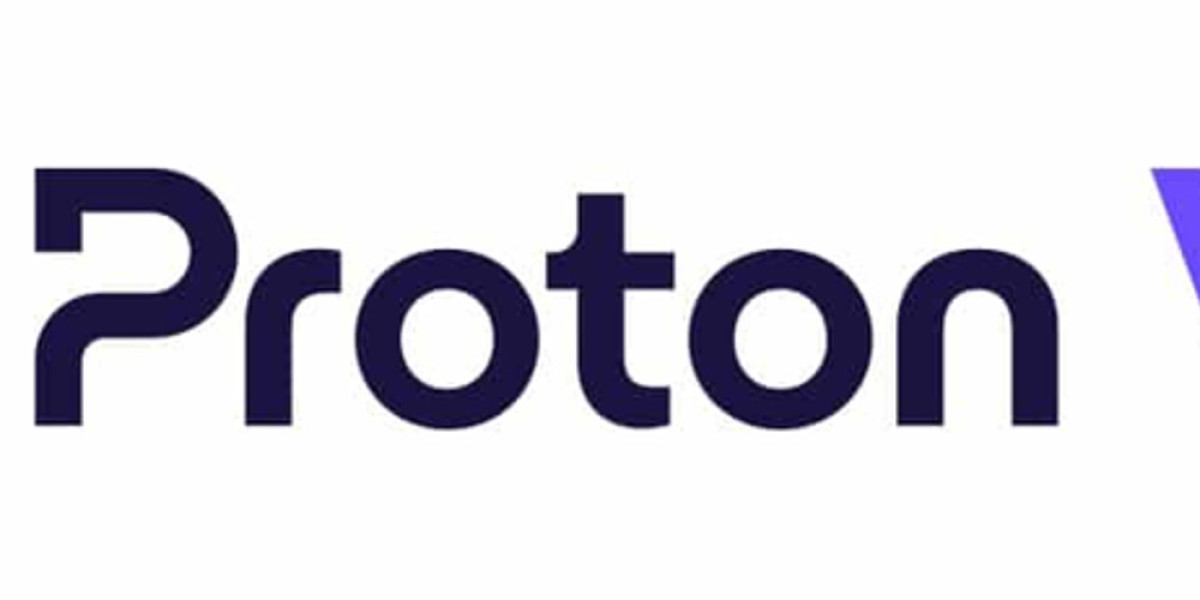The Hydrogen Generation Market Size is experiencing substantial growth as industries and governments worldwide focus on sustainable energy solutions. As Per Market Research Future, hydrogen generation is a key component in the transition to a low-carbon economy, offering a clean fuel alternative for energy, transportation, and industrial applications. With technological advancements, increasing demand for green energy, and supportive policies, the hydrogen generation market is poised for significant expansion in both developed and emerging economies.
Understanding Hydrogen Generation
Hydrogen generation refers to the production of hydrogen gas, which can be used as a clean fuel, industrial feedstock, or energy carrier. The primary methods for hydrogen production include:
Steam Methane Reforming (SMR): Converts natural gas into hydrogen and carbon dioxide.
Electrolysis: Splits water into hydrogen and oxygen using electricity, particularly when powered by renewable energy.
Coal Gasification: Produces hydrogen from coal by reacting it with oxygen and steam.
Biomass Gasification: Generates hydrogen from organic waste materials.
Green hydrogen, produced via electrolysis powered by renewable energy, is gaining prominence due to its zero carbon emissions and sustainability advantages.
Market Overview
The hydrogen generation market is expanding rapidly due to the growing adoption of hydrogen as a fuel source, industrial gas, and energy storage solution. Hydrogen is increasingly used in fuel cells, refining, ammonia production, and steel manufacturing.
Technological innovations in electrolysis, carbon capture integration, and advanced reforming techniques are enhancing production efficiency and reducing costs. Additionally, global climate targets and initiatives to reduce greenhouse gas emissions are propelling hydrogen generation as a strategic energy solution.
Key Market Drivers
1. Growing Demand for Clean Energy
Hydrogen is a versatile and clean energy carrier that supports decarbonization initiatives, especially in sectors that are hard to electrify, such as heavy industry and long-haul transportation.
2. Technological Advancements
Advancements in electrolysis efficiency, carbon capture, and storage systems are reducing the cost of hydrogen production and enabling large-scale adoption.
3. Government Initiatives and Policies
Many countries are implementing hydrogen strategies, subsidies, and incentives to encourage green hydrogen production and integrate it into the energy mix.
4. Industrial Applications
Hydrogen is widely used in refining, ammonia production, and steel manufacturing. Increasing industrial demand is a key driver for the hydrogen generation market.
5. Energy Security
Hydrogen can be produced domestically from multiple sources, reducing dependence on imported fossil fuels and enhancing energy security.
Market Segmentation
The Hydrogen Generation Market can be segmented based on production method, application, and region.
By Production Method
Steam Methane Reforming (SMR)
Electrolysis (Alkaline, PEM, SOEC)
Coal Gasification
Biomass Gasification
Electrolysis is witnessing high growth due to the rising focus on green hydrogen, while SMR remains dominant due to established infrastructure and cost efficiency.
By Application
Transportation
Industrial Use
Power Generation
Chemical Processing
Others
Industrial use and transportation are the major segments, with fuel cells and ammonia production driving significant demand.
By Region
North America
Europe
Asia-Pacific
Middle East & Africa
Latin America
Regional Insights
North America
North America is adopting hydrogen technologies for transportation, industrial processes, and energy storage. The U.S. is investing heavily in green hydrogen projects and fuel cell infrastructure.
Europe
Europe leads in green hydrogen adoption due to stringent climate policies, renewable energy integration, and supportive government strategies in countries such as Germany, France, and the Netherlands.
Asia-Pacific
Asia-Pacific is a rapidly growing market, led by Japan, China, and South Korea. Industrial hydrogen use and renewable energy integration are driving market growth.
Middle East & Africa
The Middle East is investing in hydrogen production from solar and natural gas, while Africa is exploring renewable hydrogen projects to support energy transition.
Latin America
Latin America is gradually adopting hydrogen technologies, with Brazil and Chile investing in green hydrogen production and export initiatives.
Technological Advancements
Technological innovations are crucial to the hydrogen generation market:
High-Efficiency Electrolyzers: Improve hydrogen output while reducing electricity consumption.
Carbon Capture Integration: Reduces carbon emissions from SMR and coal-based hydrogen production.
Advanced Fuel Cells: Enable efficient hydrogen utilization in transportation and power generation.
Digital Monitoring and AI Integration: Optimize production efficiency and predictive maintenance.
Hydrogen Storage Solutions: Improve energy storage and distribution efficiency.
These advancements are making hydrogen a more cost-effective, efficient, and sustainable energy solution.
Market Challenges
Challenges include high production costs, infrastructure limitations, storage and transportation complexities, and competition from other renewable energy sources. Additionally, policy uncertainty in some regions may affect large-scale adoption of hydrogen technologies.
Future Outlook
The hydrogen generation market is expected to grow steadily as green hydrogen adoption increases and technological advancements lower production costs. Asia-Pacific will continue to dominate market growth due to industrial demand and renewable energy integration, while Europe and North America focus on expanding green hydrogen capacity and infrastructure.
By 2040, hydrogen is expected to play a pivotal role in global energy transition strategies, supporting decarbonization in industries, transportation, and power generation.
Conclusion
The Hydrogen Generation Market is integral to the global energy transition. As Per Market Research Future, market growth is driven by increasing demand for clean energy, technological innovations, government support, and industrial applications.
With continued investment in green hydrogen, electrolyzers, and carbon capture technologies, the hydrogen generation market is set to become a cornerstone of sustainable energy solutions, supporting global decarbonization and energy security goals.
Frequently Asked Questions (FAQs)
1. What is hydrogen generation?
Hydrogen generation is the process of producing hydrogen gas through methods such as steam methane reforming, electrolysis, coal gasification, or biomass gasification for energy and industrial use.
2. What is driving the growth of the hydrogen generation market?
Growth is driven by clean energy demand, industrial applications, government policies, technological advancements, and energy security considerations.
3. Which regions are leading in hydrogen generation adoption?
Europe, particularly Germany and the Netherlands, leads in green hydrogen adoption, followed by North America and Asia-Pacific, with Japan, China, and South Korea driving industrial and renewable hydrogen demand.





